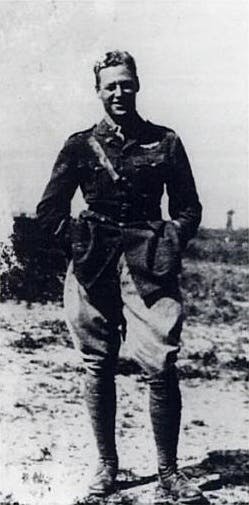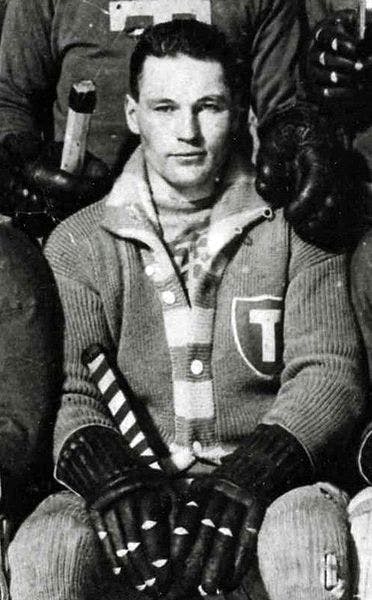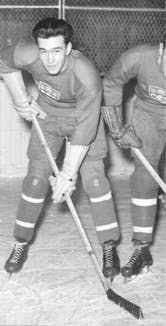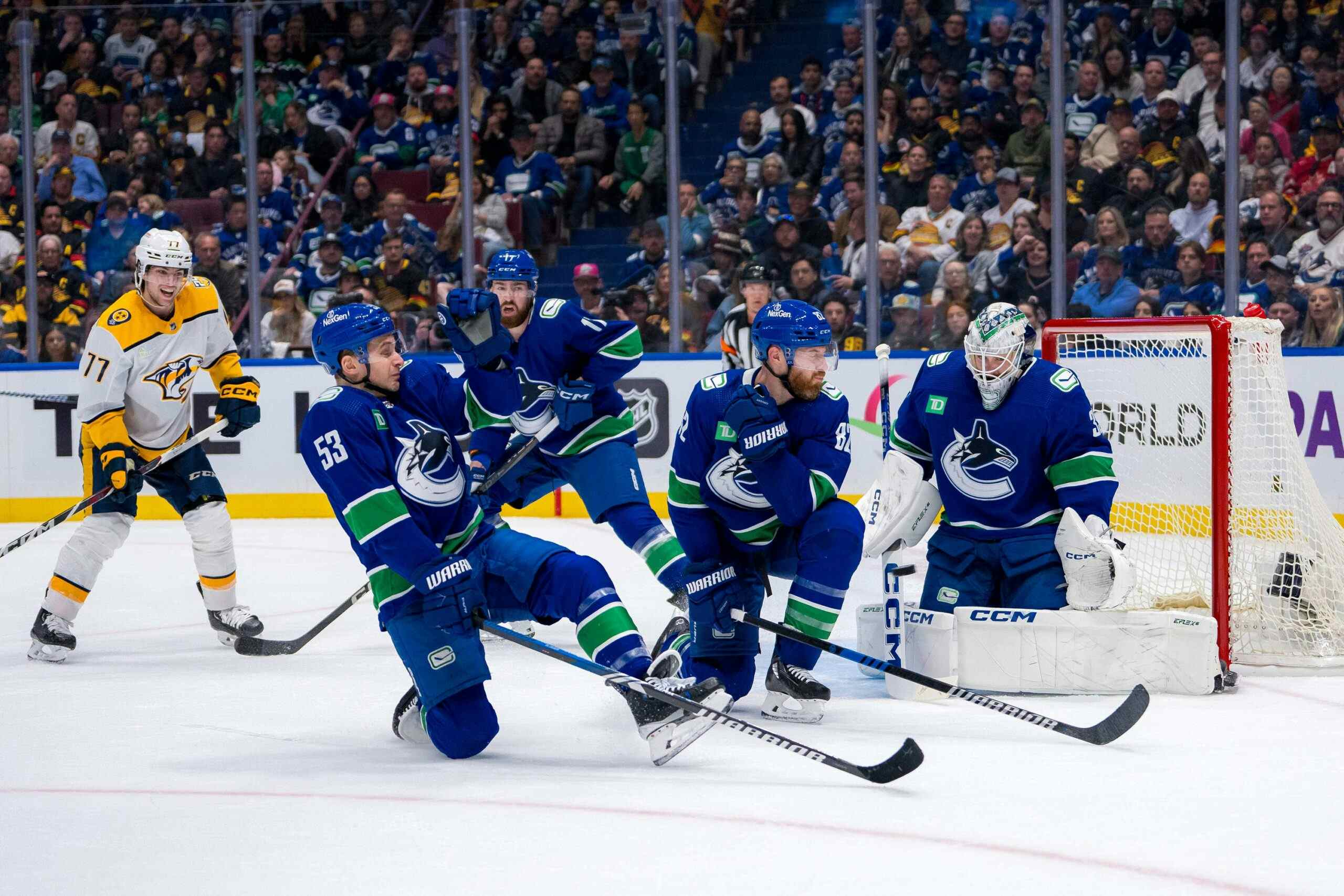11th of November
By RexLibris
11 years agoOn November 11th, 1918 the leading nations of the world finally put a stop to the largest display of industrial self-immolating lunacy it had ever seen (but sadly would not ever see). In four years, the belligerent nations of the Allied and Central Powers had managed to annihilate roughly 17 million souls, both military and civilian. At the Somme, a small section of river in Northeastern France, the two managed to combine to destroy 1 million men in just over a year. Today the Somme is referred to by some as the graveyard of armies.
All of this accomplished very little, as the world would dance again to the same nihilistic tune for a new generation.
That war would see mankind throw approximately 60 million souls, both military and civilian, into the abyss.
A Day for Perspective
Lance Armstrong, CBA negotiations, arena debates, lockouts, holdouts, trade demands, franchise relocations, signing bonuses, suspensions.
These are all interesting topics in and of themselves, at the appropriate time. We who visit the Nations site obviously love sport, specifically hockey, and we come to this forum to be informed, to entertain us, and to share our thoughts, opinions, and mad ramblings with all those who will listen.
November 11th has always held a special significance for me. I don’t know why. The best description would be to say that it resonates with me. Of course I had great-grandparents who fought in the wars, grandparents as well. Mercifully my family lost no one to either of the wars.
I’m not going to admonish any of us for living the lives we live today without remembering the sacrifice of those who came before us. You’ll probably get enough of that this week, and besides, I honestly think that many of the readers here are the type to “get” Remembrance Day. Certainly, world events of the last decade have worked to usher in a new, though thankfully smaller, generation of people who can well grasp the concept of sacrifice.
However, to that end, I wanted to take this day to share some information about men whose lives intersected our two topics today: sport and war.
The ancient Greeks believed that names were important, that stories were important. They felt that if a man were remembered then his life would have had meaning and some aspect of him might live on, if only in legend. This is why Homer’s Iliad recites, in poetic sympathy and alarming detail, the grisly deaths of countless soldiers, regardless of their origin or loyalties. Remembering their names, their lives, and how they died gave meaning to the whole affair and, the Greeks believed, honoured their sacrifice.
Hockey has a long list of men who lost their lives in the two World Wars. Perhaps the most famous is Hobey Baker, after whom is named the Princeton award. He was the most accomplished American-born college hockey player and a tremendous athlete in his time. He died while test-flying a plane in France, something he insisted on doing himself rather than delegate it to one of his men. His orders to return home were found in his jacket pocket when he was pulled from the wreckage.

Hobey Baker was one of the first nine names that were inducted to the Hockey Hall of Fame when it opened in 1945.
Allan “Scotty” Davidson was one of the premiere wingers of the early National Hockey Association, the precursor to the NHL. He spent time in Ontario, won the Alberta provincial championship in 1912, and then joined the Toronto Blueshirts of the NHA as a professional , becoming captain and leading his team to a Stanley Cup in 1914. That would be the last hockey he would ever play, as he was the first professional player to volunteer for the Canadian Expeditionary Force in 1914. There are conflicting reports of his death, one that he was shot in the back while trying to rescue a fallen comrade, another was that he refused to retreat after exhausting his ammunition and died using his last grenade to kill a German officer.

In 1925 Maclean’s magazine put together an all-star roster of the greatest players to have ever played. Davidson was the first player listed at right-wing, and was considered at the time to have been one of the best to have ever played the position. Davidson was 23 years old when he was killed.
Russell McConnell was a left-winger who played at Montreal’s McGill University in both their hockey and football programs. He was eventually named captain of the McGill Redmen where McConnell set a record for the most points in career with 211 points in 94 career games (115-95-211). Twice he set a record for the most points in a single game with 10 in the month of February, 1939, during two games only five days apart.
McConnell turned down a professional contract with the New York Rangers and instead enrolled as a volunteer in the Royal Canadian Navy Reserve. His patrol boat, the HMCS Raccoon, was stationed in the St. Lawrence riverway when they gave chase to a German U-boat. During the chase contact was lost with the Raccoon and a month later McConnell’s remains washed ashore.

McConnell was a part of four championship teams and in 1996 was the inaugural player inducted into the McGill Sports Hall of Fame. He was 24 when he died.
Dudley “Red” Garrett played only 23 games for the Rangers in the NHL before he went to serve in the Royal Canadian Navy where he was killed while his destroyer was patrolling off the coast of Newfoundland. Garrrett was originally a member of the Toronto Maple Leafs but was traded, along with Hank Goldup for Babe Pratt. He was 20 years old at the time of this death.
Today, the AHL commemorates Red Garrett with an annual trophy for the league’s best rookie. Darryl Sutter, Felix Potvin, Daniel Briere, Ron Hextall, Brett Hull and Terry Sawchuk all have their names on that trophy.
Joe Turner only ever played one game in the NHL, for the Detroit Red Wings. It was in relief of an injured Johnny Mowers and resulted in a 3-3 tie against the Maple Leafs. Turner went from leading the Ontario Hockey Association in goals allowed to being a first-team All-Star in the AHL with the Indianapolis Capitals.
Turner signed up for the United States Army and was a 2nd Lieutenant in K Company. Nobody knows how Turner died. He was listed as Missing in Action in the Hurtgen Forest in 1944. The now defunct International Hockey League named its championship trophy after him, the Turner Cup. He would have been approximately 25 years old when he died.
The NHL and NHA weren’t the only leagues to lose players in their primes as a result of war. The New York Giants lost both Al Blozis and Jack Lummus in World War II. Blozis fought to have the army waive its size restrictions (he was considered too large a man for service) and get to the front lines. He went missing in the Vosges Mountains in France searching for two of the men in his company who had gone missing. Lummus was killed by a land mine while leading his men into action on Iwo Jima. He was awarded the Medal of Honour posthumously.
Soccer’s popularity in Europe also meant that the sport suffered a more grievous loss of life as so many of the able-bodied young men of Europe enlisted into the armed forces during both wars. Seven players from England were killed in World War I, four at the Somme. James Speedie, James Boyd, Duncan Currie, Ernest Ellis, Tommy Goodwill, Harry Wattie, and John Allan all lost their lives between 1915 and 1917. The Second World War would add to the toll as Jarl Malmgren and Holger Salin, both Finnish, Harry Goslin, Petea Valcov, Ernst Kunz, Karl Wallmuller, and Walter Werginz were all killed in action.
Perhaps even more heroically, was the case of Alexei Klimenko, Ivan Kuzmenko, Nikolai Trusevich and the Kyiv bakery soccer team. These three men were part of a team of players from the disbanded Dynamo Kyiv in 1942, living in occupied Ukraine and assigned to work in a bakery. The manager of the bakery struck on the idea of starting a soccer league, using his workers against other factories and the local German military. The bakery team, known as Start (Старт), went undefeated over nine games, beating the Hungarian and Romanian garrisons, the Ukrainian Nationals, Hungarian military teams and two different German military squads three times. Despite threats and intimidation, including flagrant rules violations by their opponents, on-field offences, and even visits from SS officers to their locker room, the Ukrainian players continued on playing the game to the best of their abilities. Eventually eleven members of the team were arrested and tortured. Two died, Mykola Korotkykh and Alexander Tkachenko, in custody before the remaining nine were sent on to a prison camp where the three players listed above were executed in 1943. The survivors managed to escape and helped to bring the story to the larger public after the war.
This is only a very small sample of the number of athletes who have lost their lives in war. And, of course, they are only a much smaller sample of the many people, combatants and civilians both, whom we stop to remember on this day.
Amidst this grisly history of loss and sacrifice, there are moments where sport has managed to transcend even the most determined madness of nations. The famous Christmas Truce of 1914, when the First World War was still only a few months old, but had already unveiled a great many of the horrors it would hold for so many, is one such example.
On Christmas Eve, 1914, Allied soldiers along the stretch of trenches near Flanders’ Fields in Southern Belgium noticed that the German (Saxon) soldiers in the trenches opposite were lighting candles and raising them up on small trees to decorate the tops of their line. Soldiers also reported hearing carols, in German but recognizable all the same, and some enemy soldiers calling out to wish them a Happy Christmas in English. Scouts reported meeting enemy counterparts in No Man’s Land and exchanging gifts and pleasantries, along with a message, “if your side will refrain from firing then so shall we”. What is most warming is that this seemed to happen spontaneously and independently all along the line in that region. After a time the men moved out of their trenches and mingled, shaking hands, exchanging gifts, photogrpahs and souvenirs, and trying to bridge the language barrier in wishing the other a Merry Christmas.
Eventually, as will happen when men meet in an open field, a ball was produced and a soccer match broke out. There are several reports of matches being played at different spots along the lines. The most well-documented match had the men break into two teams, the Royal Saxon Regiment of the German Imperial Army against the Scottish Troops stationed on the English side. With caps serving as goal posts, and an English Reverend acting as referee, the match apparently ended 3-2 in the German’s favour.
Inevitably, war would resume. In some areas it had never stopped while in other regions guns were silenced until the New Year. The commanders of both sides were furious over the truce and did all they could to stamp down any other impromptu intteruptions to hostilities. Few of the men who witnessed the famous soccer matches on Christmas Day, 1914, would survive until the Armistice in 1918. Those who did may have returned home with souvenirs and stories of how sport and goodwill could spring so naturally from man’s soul, even amidst the most grotesque barbarity.
The Wall Street Journal, not usually given to poetic flights, would write about the truce “what appears from the winter fog and misery is a Christmas story, a fine Christmas story that is, in truth, the most faded and tattered of adjectives: inspiring”.
The 11th hour of the 11th day of the 11th month was meant to commemorate an end to the most atrocious display of human slaughter the world had ever seen. We all know what has happened since, and yet we still continue to memorialize those who have fallen both before and since that day in 1918 when the guns fell silent. It is apparent that no memorial will prevent future generations from making the same mistakes, however, it is the least we can do to not forget those who have fallen all the while.
“In peace, sons bury their fathers. In war, fathers bury their sons.” – Herodotus, The Histories.
This isn’t meant to be an exhaustive essay on the many wars fought or the men who have fallen. I haven’t mentioned specifcially the Boer or Korean Wars, nor the Afghan war or the many peacekeeping missions in which Canada has participated. These omissions are not meant in disrespect, but are a necessity of time and space. I would be happy to share or discuss anything you’d like to add in the comments.
For further reading I would highly recommend any of the following:
Ghosts Have Warm Hands by Will Bird, an Alberta boy who spent several years trying to volunteer for service in World War One. His personal story is one of the most touching and powerful I have ever read.
Generals Die in Bed by Charles Yale Harrison.
All Quiet on the Western Front by Maria Remarque.
Voices from the Trenches by Noel Carthew.
The Book of War Letters by Paul Grescoe.
Anything by Norm Christie is a good bet. His For King and Empire series has always been a favourite of mine.
Recent articles from RexLibris





